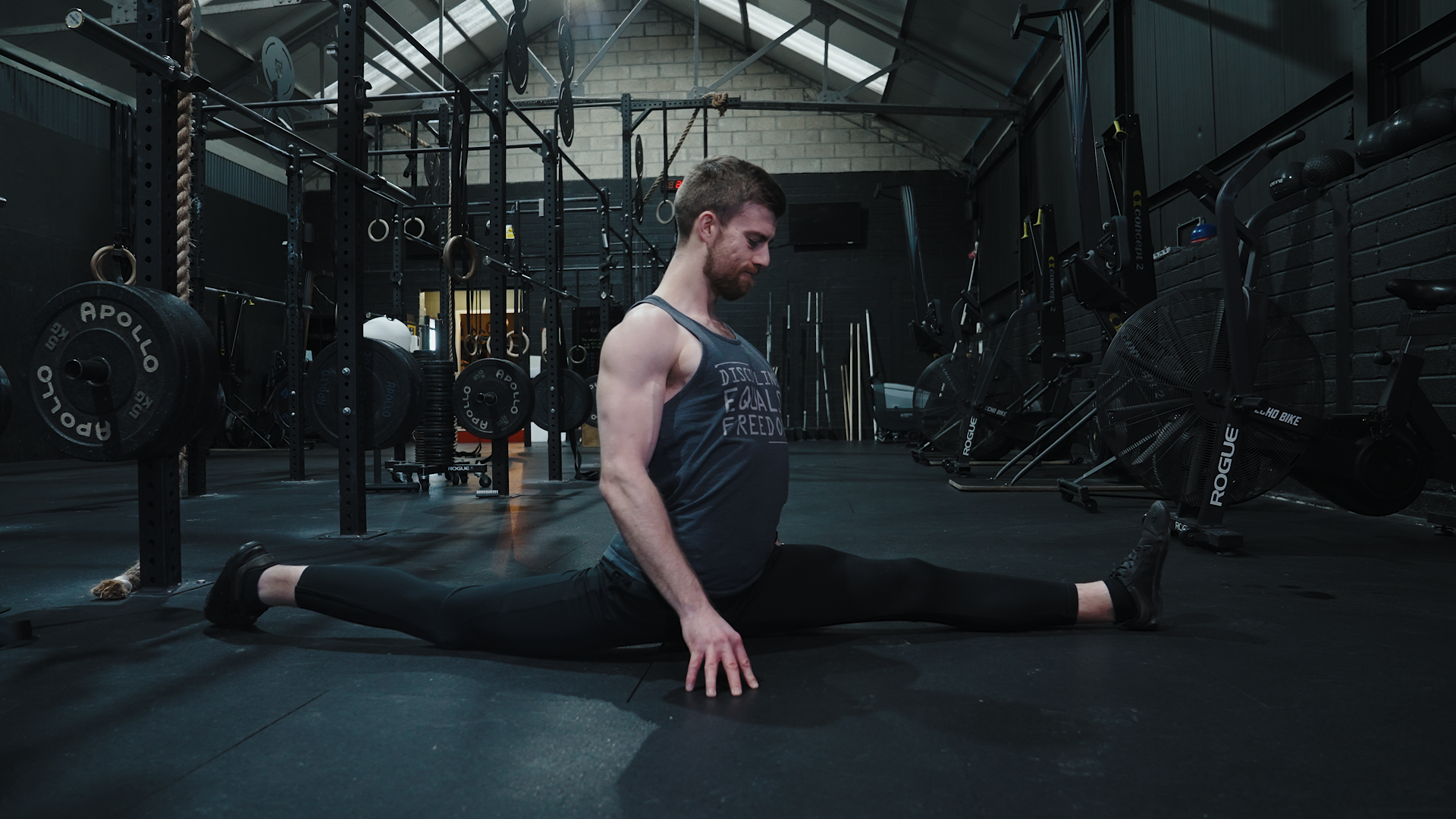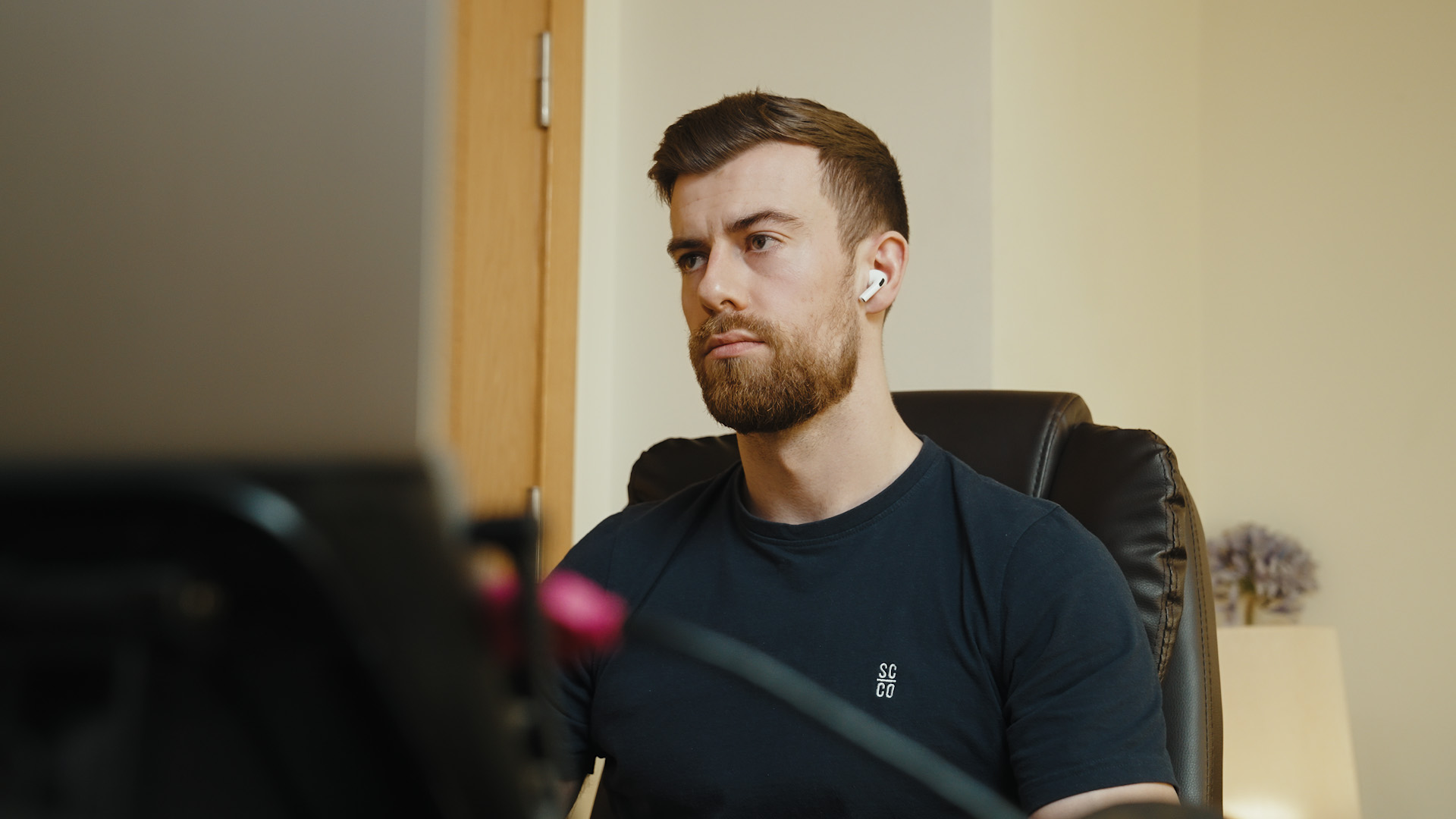My Vo2 max recently hit 55 for the first time ever.
Or at least since I started tracking it 6 years ago.
Who knows if it was this high during my soccer prime as a youngster?
Either way, it’s been roughly 53 for the last 6 years. This year I have got it to 55.
It was a shock to be honest. With my badly torn right meniscus, I haven’t been consistent with Jiu-Jitsu & kickboxing. Which were my main sources of cardio.
But after reflecting on it, it does make sense.
You know my don’t settle attitude by now. If I can’t do what I want, I’ll do what I can.
I can’t do martial arts, but I can do cardio on low impact machines.
So I have been working on the crosstrainer & assault bike for my cardio.
In this newsletter I’ll lay out the basic science behind cardio, and how you can take yours to beast levels with a simple guide.
Fatigue Forged Me
I was a fit kid.
If I had anything going for me naturally (as it certainly wasn’t mobility or strength!), it was cardio.
I could run all day in matches.
I would never be limited by my lungs, but I started to become limited by my body. You know that story by now.
I never actually knew the science around cardio or how to train it properly. I just did the training I was told to do by my coaches in various sports.
Years later when I was doing martial arts, I had a moment that sparked my interest in learning about cardio:
I experienced absolute & utter physical exhaustion.
I had never experienced anything like this. Not in any match or moment of life before.
It floored me, literally.
I actually didn’t think a human could feel like this. I thought I knew what fatigue was, but I had no clue.
It was during my first Jiu-jitsu competition as a white belt. I didn’t do any ‘competition prep’. I just relied on my training and natural ‘pretty good’ cardio.
I got humiliated.
Let’s just say I understand the saying “fatigue makes cowards of us all”. You can read that story here.
Instead of shying away from it, I turned this pain into progress.
I decided it was time to take cardio seriously and start learning about it.
You know my strategy: I follow the results.
So I bought Joel Jamiesons book “Ultimate MMA Conditioning”, and then his course “BioForce Conditioning”. He has experience training elite UFC champions in cardio.
It’s an extremely detailed course (still haven’t finished the full thing).
But I’ll give you one major piece of information from it, and 2 methods you can use.
After this newsletter you will be able to plug & play this into your own training schedule.
Cardio Condensed
There is so much information out there.
So many flashy objects to follow, leaving us chasing our tail and none the wiser.
The starting point for taking ownership of your cardio is learning about the 3 energy systems.
Then understanding the best bang for your buck way to incorporate cardio into your training.
1) Energy Systems
The energy currency of the human body is called ATP. (adenosine triphosphate)
Every cell in your body relies on this. From your muscles to your heart, lungs and other organs.
ATP can be created in 2 different ways:
1) The aerobic system
2) The anaerobic system (alactic & lactic)
The aerobic system can produce ATP slowly, but in a nearly endless supply.
(extremely efficient energy production)
The anaerobic system can produce ATP very quickly, but in a very limited supply.
(extremely inefficient energy production)
Once you understand this, you can see that the task will decide how your body will produce the energy required. Through aerobic or anaerobic pathways.
For example:
- if you need a lot of ATP very quickly (sprints), then your body will utilise the anerobic system.
- if you don’t need ATP quickly (low intensity exercise or everyday living), then your body will utilise the aerobic system.
The aerobic system can sustain energy output nearly endlessly. (think of how long you could keep walking for if you had to).
While the anaerobic system can only sustain energy output for around 10-60 seconds.
(think of an all-out sprint)
The best example to see all systems in action is a sprint (running or on the assault bike):
- The first 5-10/15 seconds of blistering speed (anaerobic: CP system)
- From 10/15-60 seconds of fast pace (anaerobic: glycotic)
- 60 seconds onwards where they slow down and eventually stuck at a slow pace gasping for air (aerobic)
This is shown in the graph below. (ATP & lactic are the anaerobic systems)

Now you will realise why this happens & what the words mean:
– Aerobic (WITH oxygen)
– Anaerobic (WITHOUT oxygen)
When your body can no longer produce more energy without oxygen (anaerobically), it will force you to slow down and start heaving to try and get more oxygen into your system (as you can only produce energy with oxygen now: aerobically).
A practical example of this:
If I am sparring someone in Jiu-Jitsu and they start mouth breathing and huffing/puffing while I can still breathe through my nose, I know they are gassing out quicker than me.
If I push the pace, they will crumble first.
When you see someone panting, they are on borrowed time.
They can’t produce any more energy without oxygen, so to continue they have to either:
- slow down and produce energy aerobically
- stop and rest to recover the ability to produce energy anaerobically
If you are confused, don’t worry. It takes time for all this to make sense. You are getting a crash course here.
The easiest way to think of it for now is the following:
- aerobic = the engine
- anaerobic = the nitrous injection boost
The nitrious boost only lasts 60 max, and takes a while to replenish (3-5 minutes). The engine is what sustains the vast majority of your energy in sport & life.
The engine is also what replenishes the nitrious. The bigger the engine, the faster you recover between the bouts of higher output.
Now you probably see the biggest flaw for most people: working on high intensity while neglecting the engine. (hello HIIT training)
Majoring in the minors.
The way to build beast level cardio is through a big engine.
The high intensity stuff is the cherry on top of your aerobic cake.
2) Low & Slow
Low & slow is the aerobic work. Building the engine.
The good thing about the aerobic work is that it can be anything as long as your heart rate stays in a certain range for a certain amount of time.
The guideline is:
130-150bpm for 30-90 minutes.
So you can:
- Run
- Swim
- Cycle
- Crosstrainer
- Sport specific movements
As long as you keep your heart rate in the right zone for the alloted time, you will get the positive adaptations.
Which are:
1) Eccentric Cardiac Hypertrophy (i.e bigger heart)
2) Capillary density (i.e more veins/capillaries to deliver oxygen)
3) Increased Mitochondria (i.e improve how tissues utilise oxygen)
Now that I have the menisuc issue, I choose low impact options for my aerobic work (swim & crosstrainer).
But before this & after, I will use Jiu-Jitsu & kickboxing too.
To me, doing 6×5 minute rounds on the bag working technique, is more fun than 30 mins on a crosstrainer.
But if you can’t do what you want, you do what you can.
I usually have an interesting podcast ready to listen to for the low & slow cardio so it takes my mind off the boring task.
I have worked up to 60 minutes on the crosstrainer.
Instead of smal gaining my way up to 90 minutes (for time reasons), I am upping the intensity instead.
Doing 60 mins on the crosstrainer at level 13, is much different than 60 mins on the crosstrainer at level 1.
So that’s important to note: you can improve your aerobic system by completing the same time at a higher intensity.
But remember, your heart rate has to stay in the aerobic zone. If my heart rate started spiking upwards, then it’s not going to work.
If you don’t have a heart rate watch or monitor to track, a good gauge is if you can:
- still breath through your nose
- hold a conversation
If you can’t do those things, chances are you need to lower the intensity for now.
Remember, it’s low & slow. It should be relatively easy.
We leave the hard stuff for the sprints.
3) Hard & Fast
Hard & fast is the anaerobic work. Upgrading your explosive power.
There are many different methods, but an easy one to follow is explosive repeats. This trains your explosive endurance.
The guideline is:
5-20 sets x 10s hard/60s rest.
I started with 5 sets, now I’m up to 12. I want to get 20 sets by the end of the year.
You can know what level you are at when you can’t complete the next set at the same high intensity.
Completing sets at a low pace (aerobically), defeats the whole purpose.
That’s aerobic training, not anaerobic training.
Now you are stuck in no mans land: not training the aerobic system properly (low & slow) and not training the anaerobic system properly (hard & fast).
Aim to stay out of the middle, which is unfortunately what a lot of people do.
The human body is incredibly adaptable. But you need to be specific in the adaptations you want to elicit from your body.
Think of a marathon runner and a 100m sprinter. What do they spend most of their time doing?
The marathon runner does mostly low & slow, the sprinter does mostly hard & fast. Go figure. They don’t float around the middle.
Also it’s important to note that this is brutal work. Very tough physically & mentally. I dread it.
But that’s the whole point: you can’t become a beast without going through this.
It will make you more resilient on all fronts.
There are many options for the explosive repeats, but the main two are:
- assault bike
- running sprints
I use the assault bike. I have noticed the rogue bike is tougher than other assault bikes too, so be aware of that.
A huge part of being ‘fit’ and having good cardio, is your ability to recover.
Once you can do many explosive repeats and recover quickly, you know you are becoming much fitter.
An easy way to know that someone isn’t very fit: when they can’t get their heart rate back down after an explosive sprint.
Bigger Engine, Beast Power
If you focus on building:
- a bigger engine with the low & slow aerobic work
- repeatable power with hard & fast explosive repeats.
You will have beast level cardio in time.
Not only will you perform better in your chosen sport & activities, but you will live a longer, healthier life.
A worthy endeavor for every human.
If you need help adding effective cardio into your training, send me a DM on Instagram, or an email to guywhodidntsettle@gmail.com
Don’t Settle,
Mark



